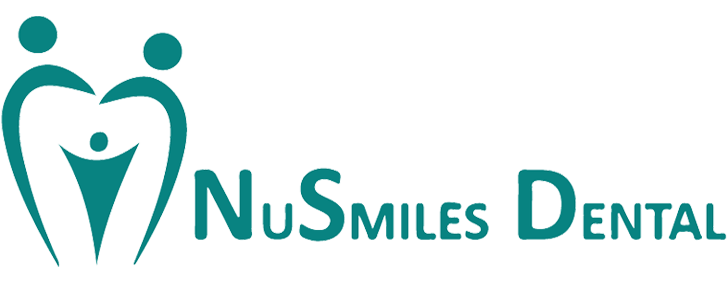Gum & Oral Hygiene
Gum & Oral Hygiene • How to Brush Your Teeth Properly • Flossing
Gum & Oral Hygiene
Excellent oral hygiene starts with a healthy brushing and flossing routine. Here are tips to get your entire family’s oral health up to par.
How to Brush Your Teeth Properly
There’s more to great toothbrushing than just being good about using your brush twice a day.
Make sure you’ve selected a soft or extra-soft brush so that the bristles are less abrasive to your smile. Overzealous scrubbing can lead to wear and gum recession, so apply just enough light pressure to cause gentle blanching in your gums.
Angle the bristles towards your gumlines, making short strokes on just 1-2 teeth at a time. This method helps to ensure that plaque is cleaned away from the contours where teeth meet, as well as gum margins, where plaque tends to be heaviest.
Flossing
Flossing is an essential daily habit, as it removes soft plaque biofilm from surfaces that brushing doesn’t reach. Without it, you will be more prone to developing cavities and gum disease.
Start by wrapping the floss in a taut “C” shape around your tooth, then slide it up and down just under the gums and between your teeth several times. Raise it over the pointed gum tissues and move to the next tooth. Repeat the process on every tooth — even the ones in the back — until you’ve flossed each one.
Bleeding gums are often a concern, mostly when flossing is done infrequently. Symptoms of gingivitis often include bleeding or sensitive gums but typically go away within two weeks of proper daily home care. If bleeding persists, schedule a periodontal exam to make sure you don’t have gum disease.
If flossing is challenging, due to dexterity or hard-to-reach areas, you may want to consider trading your stranded floss in for a water flosser. These devices can access areas deep under the gums, bridges and between teeth.
Enhance Your Smile
At NuSmiles Dental


